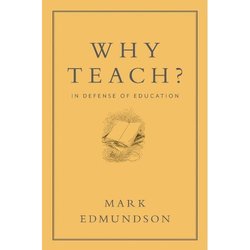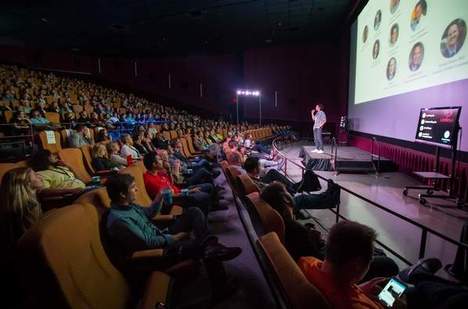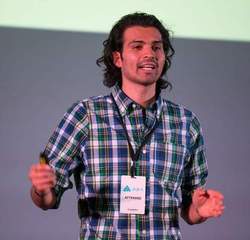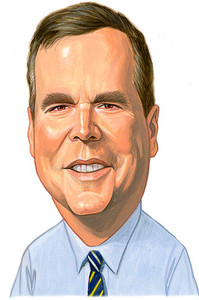(p. A21) I tell college students that by the time they sit down at the keyboard to write their essays, they should be at least 80 percent done. That’s because “writing” is mostly gathering and structuring ideas.
For what it’s worth, I structure geographically. I organize my notes into different piles on the rug in my living room. Each pile represents a different paragraph in my column. The piles can stretch on for 10 feet to 16 feet, even for a mere 806-word newspaper piece. When “writing,” I just pick up a pile, synthesize the notes into a paragraph, set them aside and move on to the next pile. If the piece isn’t working, I don’t try to repair; I start from scratch with the same topic but an entirely new structure.
The longtime New Yorker writer John McPhee wonderfully described his process in an essay just called “Structure.” For one long article, McPhee organized his notecards on a 32-square-foot piece of plywood. He also describes the common tension between chronology and theme (my advice: go with chronology). His structures are brilliant, but they far too complex for most of us. The key thing is he lets you see how a really fine writer thinks about the core problem of writing, which takes place before the actual writing.
For the full commentary, see:
DAVID BROOKS. “The Sidney Awards, Part 2.” The New York Times (Tues., December 31, 2013): A21. [National Edition]
(Note: the online version of the commentary has the date December 30, 2013.)
The article praised by Brooks is:
McPhee, John. “Structure.” The New Yorker (Jan. 14, 2013): 46-55.





